Conventional potting soil can often be full of chemicals that can harm plants. In fact, there are more than 100 different synthetic fertilizers used in conventional potting soil. These fertilizers are designed to mimic natural plant nutrients, but they aren’t always as effective.
In this article I’m going to be discussing organic potting soil and why it’s better than non-organic potting soil.
What is Organic Potting Soil?
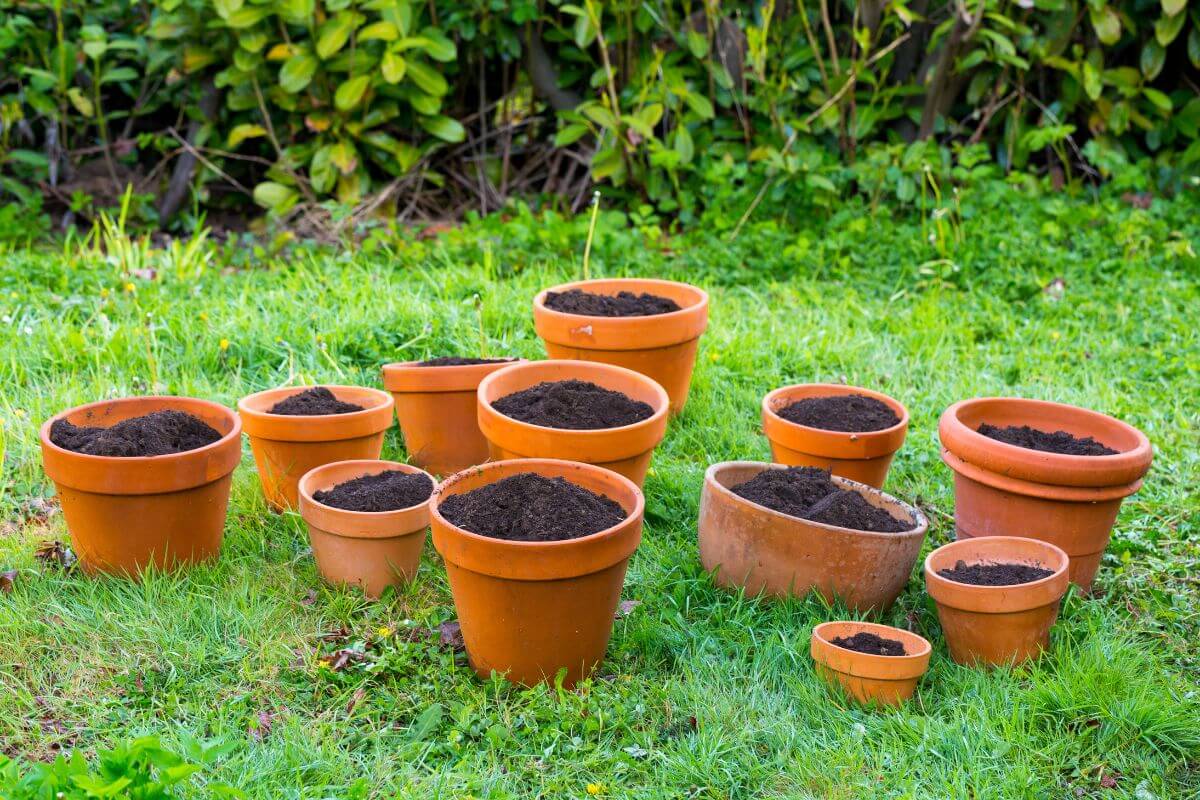
Organic soil is made up of matter that was once alive. This includes plants and animals. Most organic potting soil contains a mix of organic and non-organic materials.
Even though all the ingredients will improve the condition of the soil, only some of the organic materials will contain nutrients.
It is important to note the two meanings of the word “organic.”
One is organic in the sense of “gardening without chemicals’” and the other refers to ingredients that were once alive, like plants and animals.
It is important to point out that “non-organic” materials, like rocks and clay, are still naturally occurring and can be used in organic gardening. That’s because they don’t contain chemicals.
But organic matter that has been treated or enhanced with chemicals cannot be used if you want to keep your garden organic.
If the label says organic, then the product should not contain any man-made chemicals or materials. If a product is truly chemical free, then it should have USDA approval.
Organic Potting Soil Ingredients
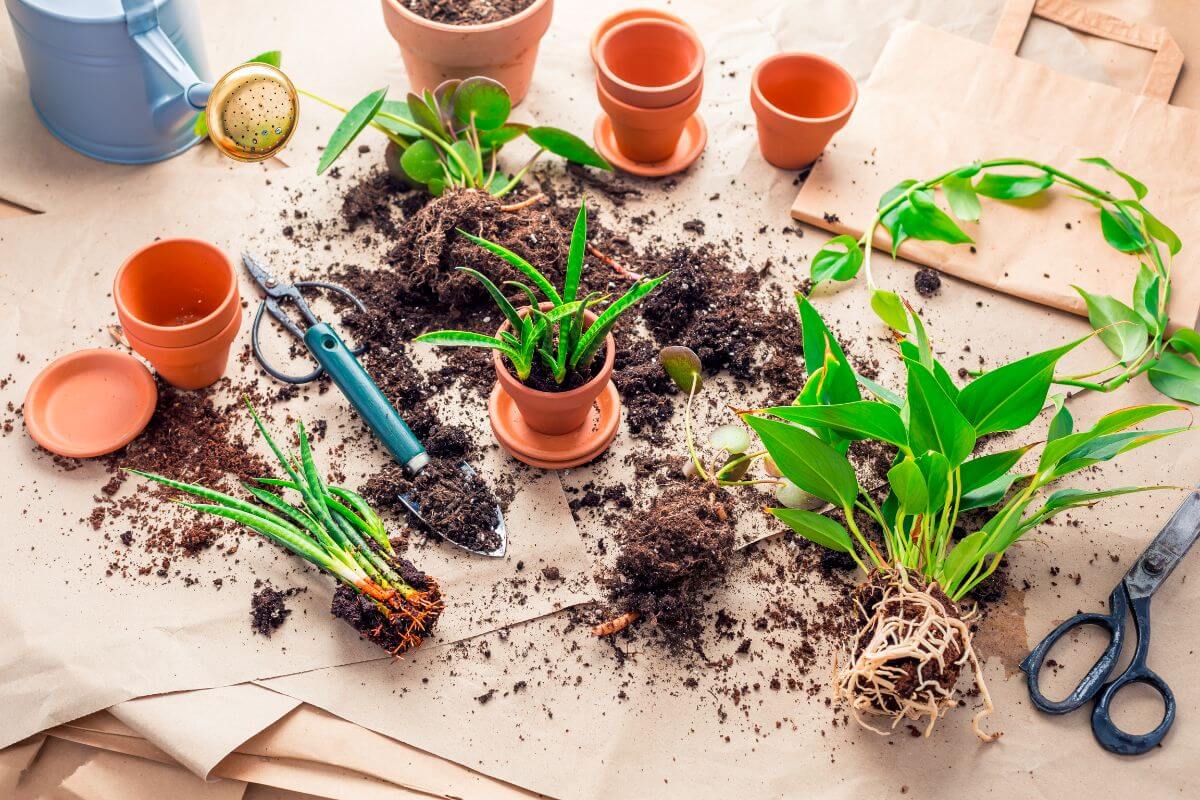
There are many organic ingredients that can be added to potting soil. Learn more about many of the ingredients in the How to Make Potting Soil Mix article.
Here are my top five organic potting soil ingredients that you can use with indoor and outdoor plants.
1. Composted Tree Bark

Composted tree bark is a rich source of nutrients, and can also improve the condition of your soil. Bark helps with water retention, aeration, and drainage.
The best bark to use in pine bark, but cedar, hemlock, oak and eucalyptus will all work well in potting soil.
You can also use bark as an attractive mulch for the top of the soil. Using it in this way will add nutrients and give an aesthetically pleasing finish.
2. Coconut Coir
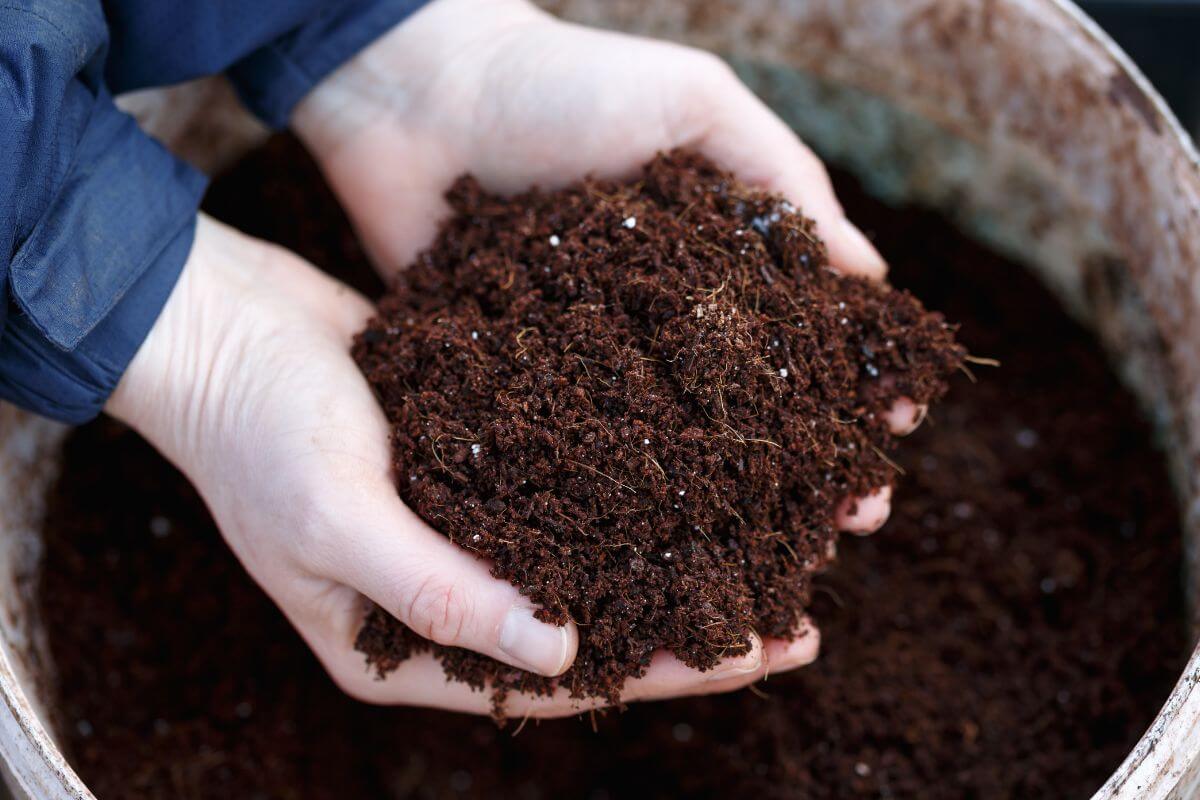
Coconut coir is made from the natural fiber extracted from the husk of the coconut.
As coconuts are usually grown in ocean climates, coco coir can have high salt content. Some gardeners recommend soaking the coir before using it.
Some commercially available coco coir is pre-soaked, and even composted, to combat this issue.
Coco coir can be high in potassium, which will affect calcium intake in plants, so it is useful to monitor the nutrient levels in your potting soil.
3. Sphagnum Peat Moss
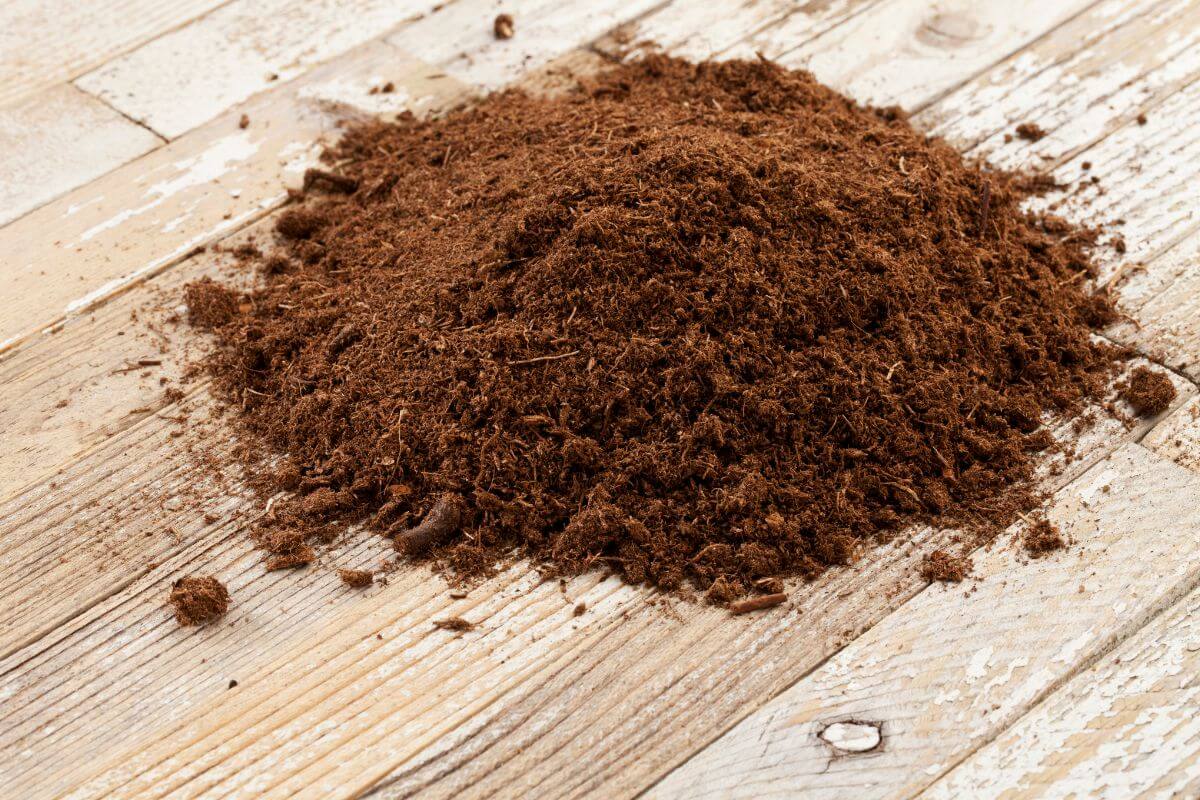
Peat moss does not contain any nutrients and is added to potting mix for its soil conditioning properties. These include moisture retention, aeration, and drainage.
Peat moss and coconut coir can be used interchangeably, but as peat moss can be more acidic, it is better used for acid loving plants like azaleas.
4. Compost
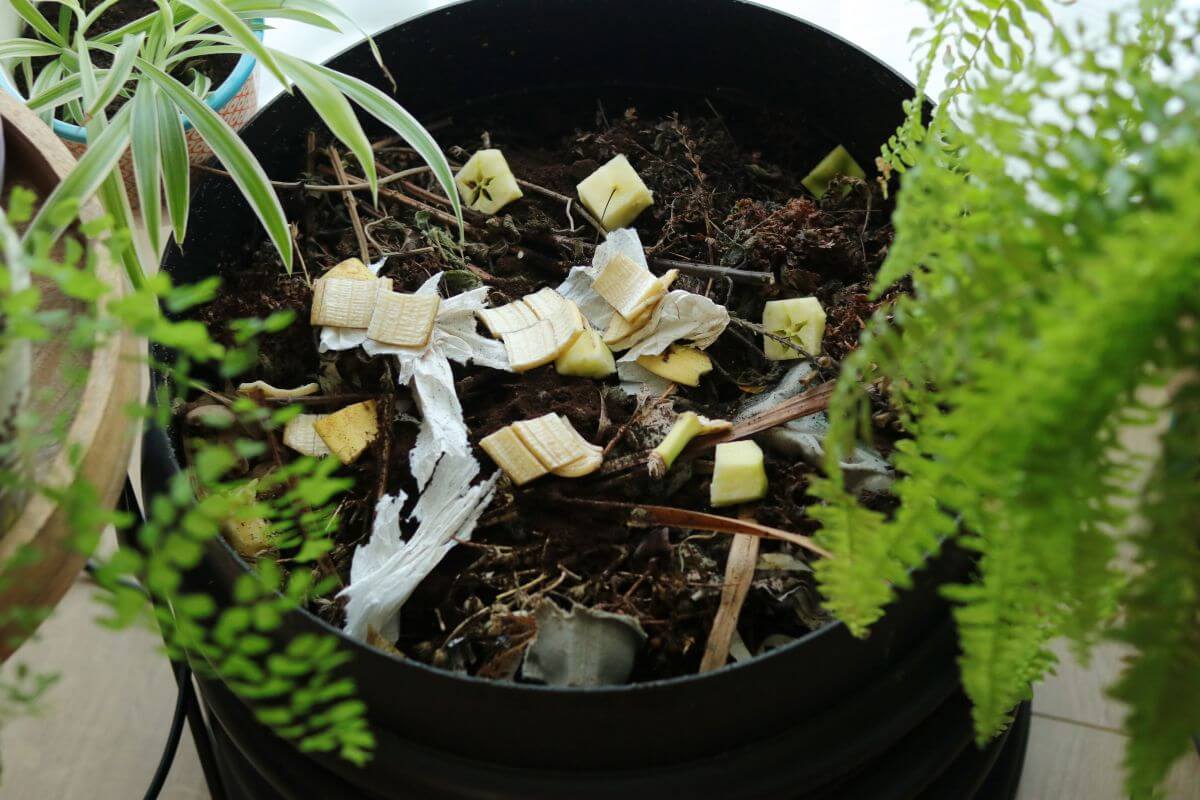
Compost is a great additive for a potting mix as it will improve the condition of the soil and add a good balance of nutrients as well. It’s one of the best natural organic fertilizers.
5. Worm Castings
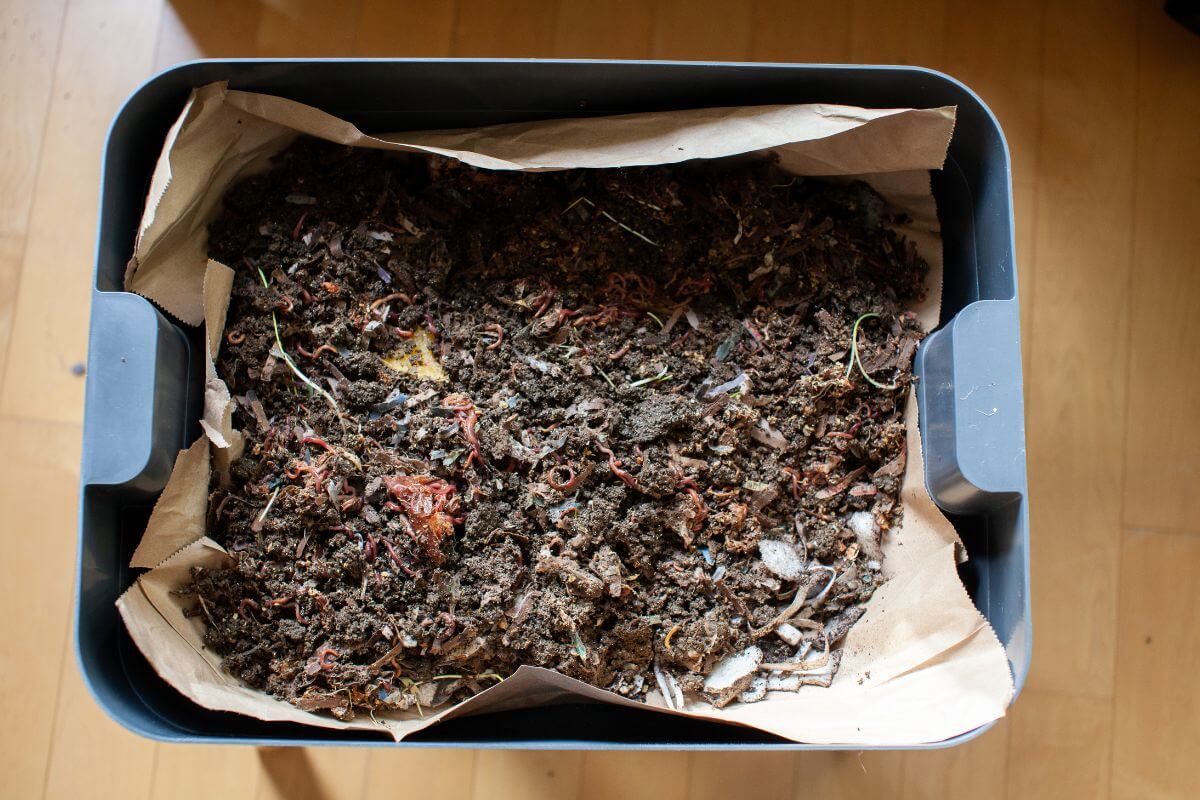
Worm castings are even more nutrient dense than compost. Compost can improve the moisture retention and excess water drainage better than castings, but worm castings are great if you are using a lot of material that has no nutritional value.
Other Ingredients for Organic Potting Soil
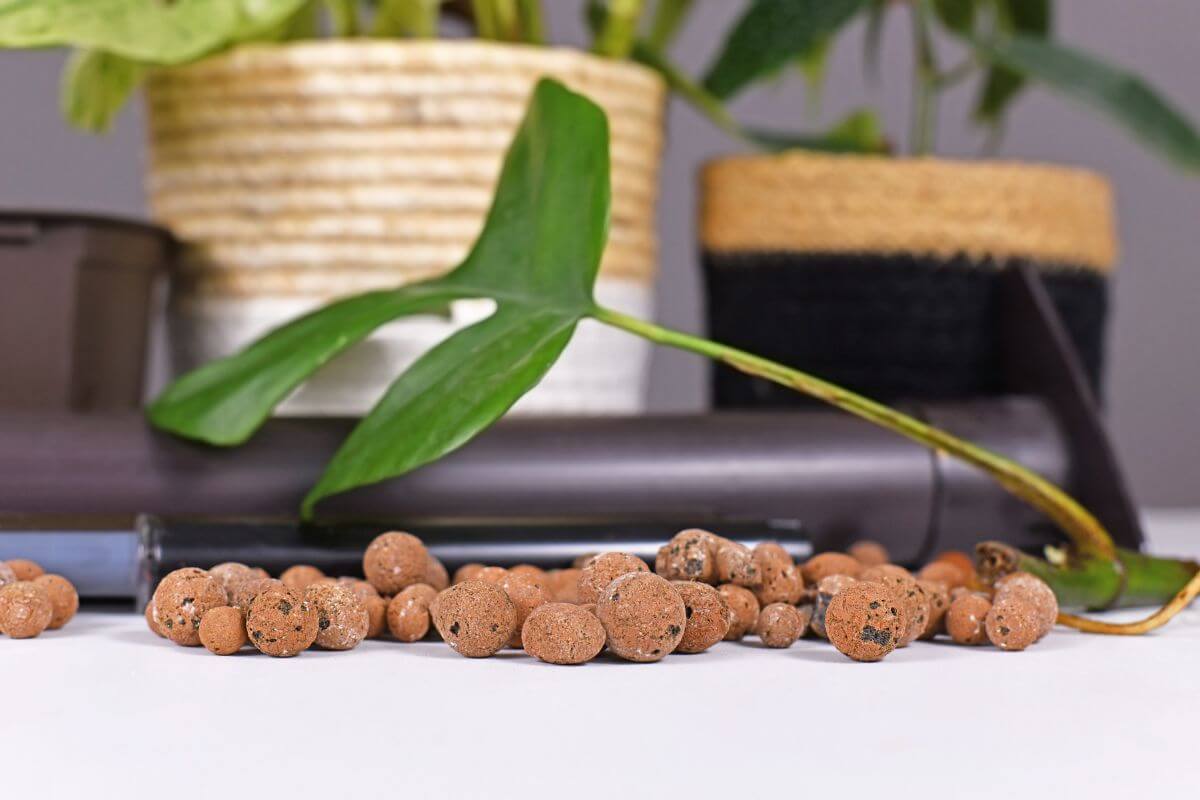
In addition to the above, other ingredients used in organic potting soils include:
- Vermiculite – Silica-based mineral
- Perlite – Volcanic glass
- Clay Pellets – Made from heated and expanded clay
- Pumice – Porous volcanic rock
These amendments are all classified as non-organic, but they are also all naturally occurring materials. They can be used in organic gardening and be included in organic potting soil mixes.
They all help with aeration, drainage and moisture retention. They are also all lightweight, which helps the overall condition of the soil and allows for healthy root growth.
Organic Potting Soil Benefits
While non-organic potting mixes are popular with hydroponic growing, organic potting soil mixes are absolutely the way to go for your potted plants.
- More Nutrients – Organic matter contains more nutrients and will help the plants absorb more minerals. The use of organic potting mix will reduce the need for fertilizers and feed, and will keep your plants healthy by providing natural nutrients.
- More Beneficial Microorganisms – Organic potting mixes will contain a higher amount of organic material, and beneficial organisms, than non-organic soil mixes.
- No Harmful Chemicals – Soil mixes that don’t use chemicals or man-made substances like pesticides are also better for the environment, more sustainable, and much healthier for your plants.
- Easy to Make – Organic potting mixes can easily be created at home, and tailored to the needs of your plants. With just a few basic ingredients, you can create a wide variety of homemade potting soil mixes.
Organic potting soil doesn’t have to be expensive. By making your own compost, or worm castings, you are saving yourself money, and saving a lot of organic materials from going into landfill.
Organic Potting Soil Final Thoughts
Organic potting soil is undoubtedly better for the environment. Breaking away from modern methods that use chemicals and plastics like polystyrene is a growing trend in the gardening world.
We need to make gardening more sustainable, and this is happening in everything from the manufacture of bamboo pots to organic certified soils.
100 years ago, organic gardening was simply called gardening. In one century, we have managed to create and distribute enough harmful chemicals to affect our ecosystem.
This is simply not sustainable and for the sake of future generations, we need to try and reverse, or at least slow down, the damage caused by these gardening and farming methods.
Learn more about potting soil with these other articles:
Organic Potting Soil FAQs
Do I need organic potting soil?
No one technically needs, organic potting soil, but there are many benefits to it. Organic potting soil is usually made from natural ingredients such as peat moss, perlite, vermiculite, sphagnum moss, and compost. These natural materials help retain moisture and nutrients for plants. If you don’t want to use organic potting soil, then you can use regular soil mixed with compost.
What is the difference between organic potting soil and regular potting soil?
The main difference between organic potting soil and regular potting soil how the potting soil gets its nutrients. Organic potting soil contains no pesticides, chemicals, or fertilizers. It gets nutrients from organic matter like compost. Regular potting soil comes from a factory and may contain additives such as chemicals to add nutrients.
What is in organic potting soil?
Organic potting soil contains natural nutrients such as compost, peat moss, vermiculite, perlite, rock dust, sand, and other materials. The main ingredients are organic matter, which helps plants grow and absorb water, fertilizer, and air. Other ingredients include minerals and trace elements needed for plant growth.
What should I look for in organic potting soil?
Look for organic potting soil that has natural nutrients that plants need to grow well. The best potting soils contain no artificial fertilizers, pesticides, or herbicides. They also have a high water retention rate, which helps keep the soil moist during dry spells.

